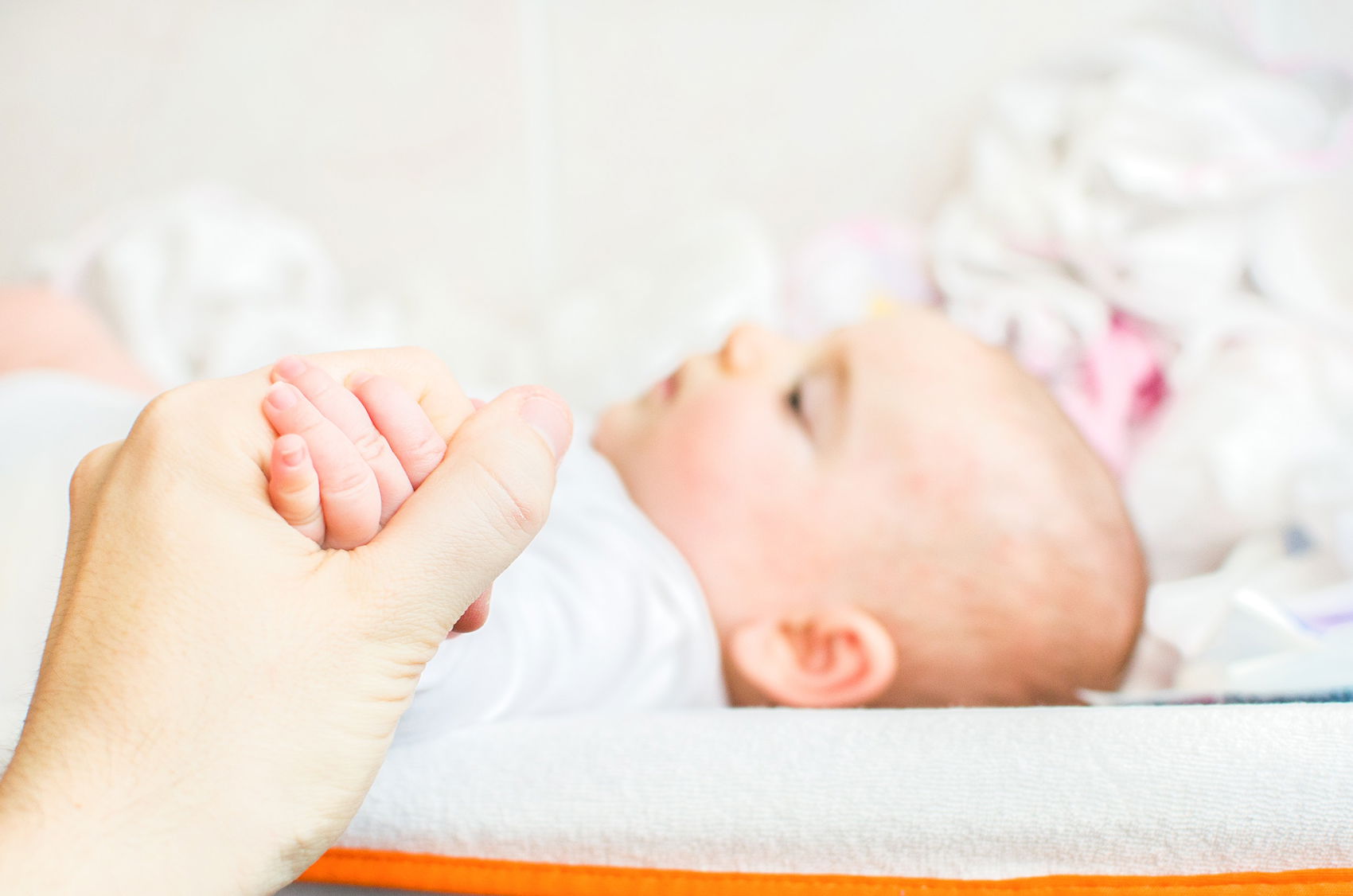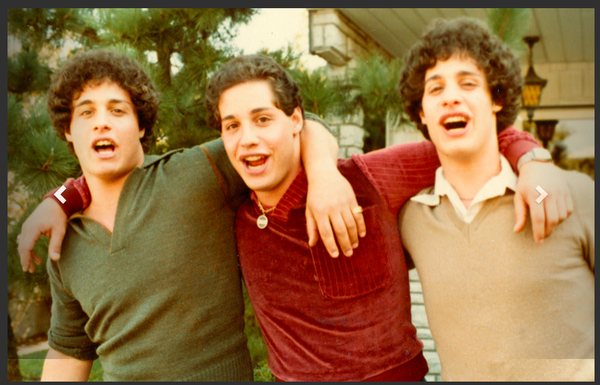Highlights
- Even if social science data demonstrates the challenges experienced by adopted children, we must take care to distinguish adoption itself from the circumstances leading to the need for adoption. Post This
- We need to arm prospective adoptive parents with demonstrated successful practices to support their desire to welcome and connect with vulnerable children. Post This
“What kind of mother would give her child up for adoption?”
“The thought of my baby being out there, with total strangers, creates a lot more guilt than the thought of an abortion!”
“I don’t know if I could love an adopted child like my own child.”
“Adopted children are more likely to struggle in school—both in terms of academics and behavior—than children from other types of families.”
The first few statements are examples of anecdotal comments I have heard countless times regarding the choice of adoption. The last statement summarizes an analysis of U.S. Department of Education data performed by Nicholas Zill and W. Bradford Wilcox and posted here on the IFS blog. All of them contribute, I think, to the soft stigma against adoption. By “soft stigma,” I mean that while most people say that they support adoption, it is very rarely chosen—either as a response to a crisis pregnancy or as a way to build a family.
There are many ways to combat this stigma and to correct misunderstandings about the contemporary practice of adoption. The language we use in talking about adoption (e.g., say “make an adoption plan” instead of “give up for adoption”) can help to reframe the way others think about it. Our language can also help us avoid reinforcing the unspoken, negative narrative that children placed for adoption are “unwanted” and “abandoned” by their birthmothers. We must also “walk the walk” when people choose adoption—by supporting expectant mothers considering adoption, by providing generous post-adoption emotional resources for placing parents, and by coming alongside foster and adoptive parents, stepping in to support them with respite care, meals, and other tangible forms of assistance during difficult times.
But even when we are speaking truthfully about the challenges associated with adoption, we need to be sensitive to whether we are contributing somehow to this soft stigma. Even if social science data demonstrates the challenges experienced by adopted children, we must take care to distinguish adoption itself from the circumstances leading to the need for adoption.
The reason for this sensitivity is that one of the greatest barriers to adoption is fear. Parents fear placing their child for adoption because they think that it will be bad for the child. People fear adopting a child because they worry the child may have greater needs than they can handle. The result of these fears is pregnant women prefer to abort their children rather than place that child for adoption, doing so at a ratio of 50:1. Infertile couples choose costly, risky procedures like IVF to create their own biological children, rather than take the risk of what they might “get” through adoption or foster care. Meanwhile, over 110,000 children in the foster care system wait for a “forever family.”
We should take care not to reinforce these fears by focusing on the problems of adopted children—as adopted children. Adoption is not the problem, but rather a response to the problem. The problem is the brokenness that already exists in the human condition. And, when a child has to bear the weight of that brokenness, how can we fail to step in to help? Whatever challenges that brokenness might continue to pose in the life of an adopted child or a placing or adoptive parent, the alternative for that child may have been far worse.
In all that we do to research and understand adoption, our focus ought to be on the needs of the child and how we can best respond to those needs in love, rather than from fear.
When my husband and I adopted our first child, we had an experience that I can only describe as a sort of benediction—a providential stamp of approval—that has forever stood as an icon for me of the beauty of adoption and its capacity for healing. A few days after his birth, it was nearly time to leave the hospital and return home with our new baby boy. We left the birthmother’s hospital room to give her and her family time with the baby. As we walked down the hallway, we were overwhelmed with so many emotions.
We were euphoric because, after many years of infertility during which we had longed for a child, we had held our dear, little son who was, and is, an answer to many prayers. We were also nervous because we wanted to live up to the trust the birth family had placed in us through the tremendous gift of this beloved child. We were relieved because, like all prospective adoptive parents, we worried that the birthmother might change her mind at the last moment. And, woven throughout all of these feelings, we were heartbroken because we loved the birth mother and her family, and we knew—even if we could not understand fully—the pain of the goodbyes they were sharing in that hospital room.
While we whispered all of these jumbled cries of our hearts to one another, a woman at the nurse’s desk motioned us to come over to her. We walked up to the desk, assuming there was some paperwork to sign. “You’re the adoptive parents, right?” she asked. We nodded. I will never forget her next words. As a smile illuminated her face, she said, “Oh! I wanted to tell you that I am a birth mom.”
We stared at her in surprise. It was the last thing we had expected her to say. “I placed my son for adoption 40 years ago,” she continued. “I wasn’t married, and I just wasn’t ready to be a mother. It was the best decision I ever made.” She went on to tell us how, after she had married and had more children, her grown son contacted her. She told us he was thriving and happy. As she spoke, we could see the joy in her face and the assurance she felt that she had made the right decision—one that made her feel proud.
She didn’t mention whether her son had struggled in school or whether he had behavior problems as a child. Maybe he did. She didn’t mention if her son had grappled with being adopted, or suffered a sense of loss. Probably he did. She didn’t mention how devastating the loss was for her as she placed her firstborn child in the arms of another couple and left the hospital with empty arms. Most assuredly, it was. Instead, when she said, “I am a birth mom,” she spoke with confidence and joy.
These are the sorts of stories about the experience of adoption that we need to hear to counter the stigma against it. Human life is messy, and we need loving responses like adoption to help children vulnerable to its brokenness. We do need social science to help us fashion effective public policies that make adoption a more meaningful option and a less complex, overwhelming process. For example, we need to understand better a woman’s decision-making in considering her options in a crisis pregnancy, and to ensure that informed consent materials contain accurate, complete and non-coercive information about the option of adoption. We need to understand the impact of adoption legislation (such as the adoption tax credit, shortened waiting periods, or putative father registries) on the choice of adoption by birthparents and by those seeking to adopt and promote those policies that do make a meaningful difference. We need to take what we know from neuroscience and psychology about the effects of abuse, trauma, and loss on children and apply it in the context of family treatment plans in foster care, to expedited permanency planning, and to the prioritization of post-adoption resources. We also need to arm prospective adoptive parents with demonstrated, successful practices to support their desire to welcome and connect with vulnerable children. Finally, we need to better understand the impact of private and religious child welfare organizations and placement agencies on the provision of public foster care and adoption services in order to support robust partnerships for the sake of children.
Above all, in all that we do to research and understand adoption, our focus ought to be on the needs of the child and how we can best respond to those needs in love, rather than from fear.
Elizabeth Kirk is a lawyer, writer, and consultant, and serves as an associate scholar with the Charlotte Lozier Institute. Elizabeth and her husband, Bill, have been blessed to adopt four children.













